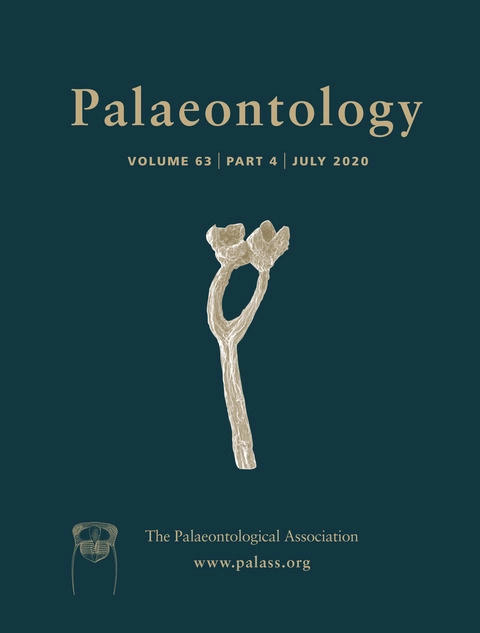Reg. Charity No. 1168330

Abstract The Great Ordovician Biodiversification Event (GOBE) refers to one of the greatest increases in biodiversity during the Phanerozoic. Recent studies have shown that this taxonomic increase can be attributed to elevated origination rates around the Dapingian–Darriwilian boundary in the Middle Ordovician, while extinction rates stayed relatively constant throughout the Ordovician. Even though this global pattern of origination and extinction appears similar across diverse groups and geographical areas, earlier studies suggested that hard substrate taxa may have diversified prior to the GOBE, during the Early Ordovician. Here, we quantify Ordovician diversification dynamics of hard substrate taxa while simultaneously accounting for temporally varying sampling probabilities. Diversification rates of hard substrate taxa, both as a whole and when analysed as separate groups, appear to be very similar to those of free-living benthic taxa. The observation that the diversification dynamics of many different taxonomic and ecological groups show the same temporal pattern, suggests a common cause of Ordovician diversification dynamics.